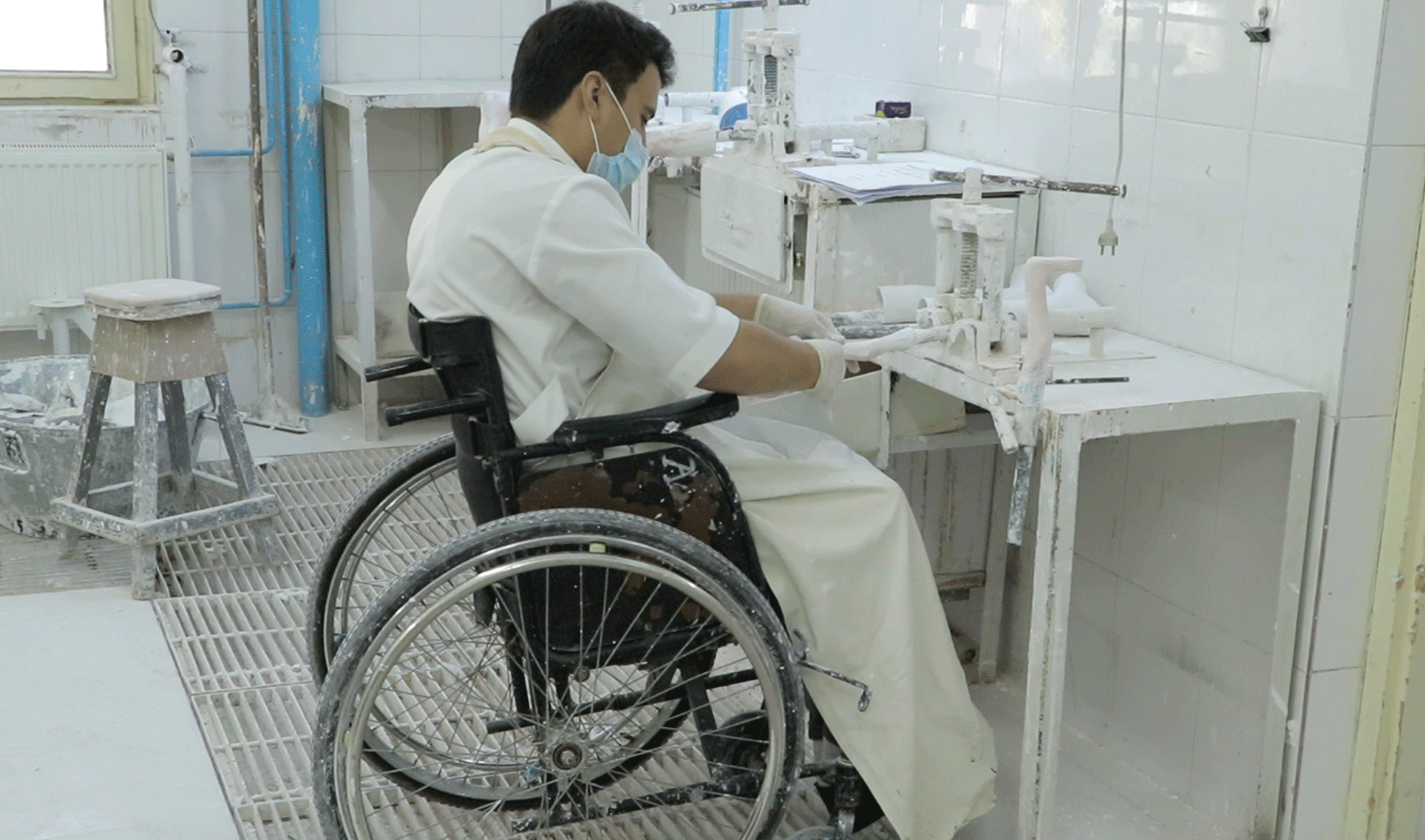A Korea Institute of Machinery and Materials (KIMM) team has built a myoelectric prosthetic hand that keeps weight down by driving the thumb’s two degrees of freedom: flex/extend and adduct/abduct. One small actuator enables that functionality while a linkage-wire hybrid system gives the fingers both firm pinch strength and shape-adaptive grip.
This single-actuator control for the thumb’s two degrees of freedom is achieved using a novel underactuated mechanism that incorporates a miniature Geneva drive. As KIMM describes, this converts the motor’s continuous rotation into distinct ‘intermittent motion’ steps, first to position the thumb (adduction/abduction) and then to bend it (flexion/extension). This design provides dual thumb movements that, according to the institute, often require a second motor or are sacrificed in conventional prosthetic hands, thus reducing parts count and enhancing overall efficiency.
Potential to cover ‘a variety of grasping tasks naturally’
Senior researcher Minki Sin said in the announcement the ultralight prosthetic should let amputees “perform a variety of grasping tasks naturally and intuitively using only simple control commands.” He added that transplanting its streamlined thumb-and-finger mechanics into humanoid robots could “help reduce computational load, and contribute to faster and efficient responses,” a step he sees as key to making general-purpose androids viable outside the lab.
.png?width=1600&height=1106&name=development-of-an-ultr%20(1).png) The research team led by Dr. Minki Sin, Senior Researcher at KIMM, has developed an ultra-light robotic prosthetic hand that allows amputees to stably and efficiently grasp various objects with simple commands. (On the right in the photo is Senior Researcher MinKi Sin.). Credit: Korea Institute of Machinery and Materials (KIMM)
The research team led by Dr. Minki Sin, Senior Researcher at KIMM, has developed an ultra-light robotic prosthetic hand that allows amputees to stably and efficiently grasp various objects with simple commands. (On the right in the photo is Senior Researcher MinKi Sin.). Credit: Korea Institute of Machinery and Materials (KIMM)
KIMM also reports that it has validated the prosthetic hand’s usability through tests with amputees, who demonstrated the ability to stably and efficiently grasp various objects using only simple commands.
The KIMM team’s approach addresses common limitations found in conventional prosthetic hands. One drawback is that traditional four-bar linkage systems, often used in robotic prosthetics, can struggle to securely grasp diverse object shapes owing to their fixed grasping trajectories. Similarly, while wire-driven mechanisms offer better adaptability to object shapes, KIMM points out their potential to reduce pinch grip stability and the naturalness of motion as a result of sequential joint actuation. The institute explains that achieving the thumb’s complex movements in conventional products often necessitates either passive joints, which limit functionality, or the inclusion of additional actuators.
Potentially lighter than much of competition
The announcement didn’t provide a weight, it is likely lighter than modern hands given its “ultralight” description. Commercial myoelectric hands often top 400 grams and juggle several motors, forcing amputees to trade dexterity for bulk. For instance, highly articulated commercial hands such as the Bebionic Hand weigh approximately 572 to 598 grams for the large variant, while the i-Limb Quantum weighs around 503 grams (standard size). Meanwhile, the TASKA CX, depending on configuration, weighs 430 to 533 grams. That is, the lighter Low Profile (LP) wrist reduces bulk while the Quick Disconnect Wrist (QDW) adds modularity at the cost of additional weight.
With patent applications for the core mechanisms already filed, the KIMM team is now actively pursuing technology transfer and commercialization for their innovative prosthetic hand.
.png?width=1280&height=920&name=development-of-an-ultr-2%20(1).png) A validation test of the robotic prosthetic hand developed by the research team led by Senior Researcher Minki Sin at KIMM. Credit: Korea Institute of Machinery and Materials (KIMM)
A validation test of the robotic prosthetic hand developed by the research team led by Senior Researcher Minki Sin at KIMM. Credit: Korea Institute of Machinery and Materials (KIMM)











-1.png)


